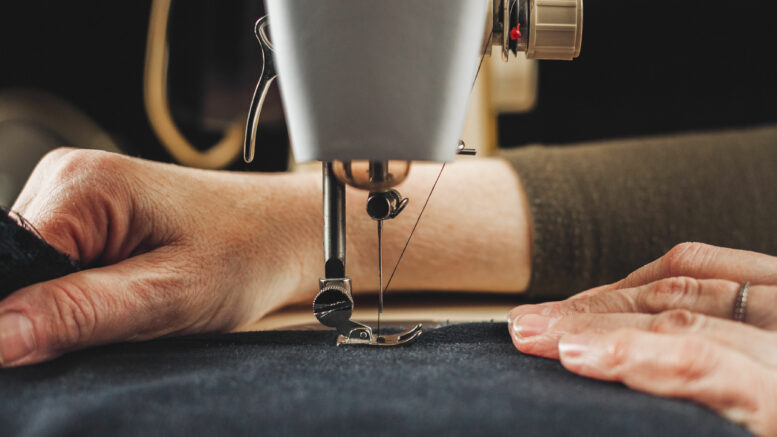At Fieldtex, we are in the business of selling Sewing as a service. Being in the sewing industry a commitment to quality is a crucial element of keeping our customers happy. We take pride in how we train our team with the Fieldtex sewing training program. To keep the customers happy we need to have a steady stream of sewing machine operators trained in the processes and procedures the company follows.
Over the last decade we have been building a sewing training training program for those that want to learn to Sew as a career. As manufacturers of bags and carrying cases tailored to the unique needs of various industries, we have built a list of basic sewing skills an employee has to master before they can work on customer product. Here is information about what you can expect from the Training Program.
The Importance of Sewing Skills:
Sewing skills are the backbone of our business, every stitch must ensure the durability and functionality of everything we manufacture. Our bags are used in the military and medical markets. They have rigorous quality control programs that bags have to pass before they are approved.
How Long Does It Take to Learn to Sew
For the average trainee we find that the training program takes between 2-4 weeks to complete. The goal of the program is to provide a comprehensive and structured process for learning how to handle a sewing machine and getting comfortable with running fabric through to create Straight lines and master corners. Now, lets take a look at the machines we teach in our training program:
| Machines | ||||||
|---|---|---|---|---|---|---|
| Drop Feed | Needle Feed | Walking Foot | Double Needle | Zig Zag | Serger | Bar Tack |
Two Weeks of Foundation Building:
The first phase of our program spans two weeks. Trainees dive into a structured curriculum while working with training materials. This period is focused on building a strong foundation, ensuring that everyone becomes acquainted with the basic concepts of sewing.
Trainees become comfortable with the intricacies of sewing machines, from how to change a bobbin to the settings and functions. It’s a hands-on experience where each trainee learns to navigate the machine with confidence, setting the stage for more intricate tasks. Below are all the different machine parts we provide training in depth training on:
| Training Includes | ||||||
|---|---|---|---|---|---|---|
| Threading | Needle Change | Wind Bobbin | Bobbin Change | Back Tack | Stitch Length | |
| Tension | Foot Pedal | Presser Foot Change | Control Panel | Oiling | Serging | Zig Zag |
Transition to Live Work with Supervision:
Following the two-week foundation-building period, trainees transition to the next phase of the program. Here they work on live projects under the supervision of experienced Sewing trainer. This hands-on approach allows trainees to apply the skills they’ve acquired in a real-world setting, gaining practical experience that goes beyond the simulated exercises.
Supervision is a key component during this phase, providing guidance, feedback, and mentorship to the trainees. It’s an opportunity for them to learn not just the technical aspects of sewing but also the nuances of the products that we manufacture on a regular basis. After all this training our employees have a good understanding of the following industrial sewing skills:
| Skills | |||||
|---|---|---|---|---|---|
| Basting | Gussetting | Handles | Shoulder Straps | Closing Pouches | 1st Zipper |
| 2nd Zipper | Zippers | Attaching Sub-Parts | Hemming | Double Needle | Scissor Safety |
| Quality Checks | Repair Work | Flatbed Binding | Closing Binding | Elastic Zig Zag | |
Quality Control and Assurance:
In our industry quality is non-negotiable. Our training program emphasizes a culture of quality control, ensuring that each stitch line meets or exceeds our Quality control program guidelines. Trainees learn to scrutinize their work, review the work they receive from others before they start their process steps. Not every trainee graduates from the sewing program graduating to a full time job requires your Quality to be up to the standards of the sewing trainer.
Graduates and Success Stories:
Our sewing training program has produced numerous success stories. As of the end of 2023 there are 30 active sewing machine operators that have graduated from the Fieldtex Sewing Training Program and half of those employees have been with the company for 5-10 years. Over the years the program has seen many graduates work at the company for 3-5 years at a time. The program has recently been increasing in capacity and is now graduating 3-4 new sewers a month.

